Business: Aviation / Seville
Flying high
Andalusia’s thriving aviation sector is home to firms making everything from drones to space technology.
More than 2,000 years ago, the Romans transformed the settlement of Hispalis, now Seville, into a centre of shipbuilding and trade. Some 90km from the Atlantic, the inland river port was ideally placed. Today, five centuries since the colonisation of the Americas brought Andalusia to its apex as a seafaring hub, the Guadalquivir river continues to carry ships laden with olive oil and wheat products.
But walk along the river’s banks, as holidaymakers are ferried gently to and fro, and you’ll see that the languidly flowing waters no longer shift fortunes as dramatically as they once did. Instead, Seville is now shaking up the world thanks to the aviators who first took to its skies more than a century ago.
With two major manufacturing sites in the city that trace their roots to those pioneering days of aviation, Airbus has proven itself to be a powerful driver of industrial innovation in Andalusia and beyond. In 2019 the company accounted for 60 per cent of Spain’s aerospace and defence exports at a value of €4.3bn. Airbus Spain reported a revenue of €6.08bn in 2023, with its Defence and Space division pulling in 66 per cent of that total. In Andalusia, aircraft and spacecraft exports grew by 61 per cent year on year in the first three quarters of 2024 to reach €1.78bn. Meanwhile, the overall Spanish aerospace industry grew by 24 per cent between 2012 and 2022 and saw significant investments in r&d, accounting for 10 per cent of the industry’s sales.
monocle is driving past neat rows of olive trees along the perimeter of Seville’s San Pablo Airport when the vast hangars of Airbus’s installations come into view. Airbus employs about 3,400 people at its facilities in Cádiz and Seville. In addition to the final assembly lines of the c295 and a400m military transport aircraft at San Pablo, there’s an internationally accredited flight-training centre that receives 2,800 students a year, including pilots, mission crew and mechanics from 90 countries across the globe.
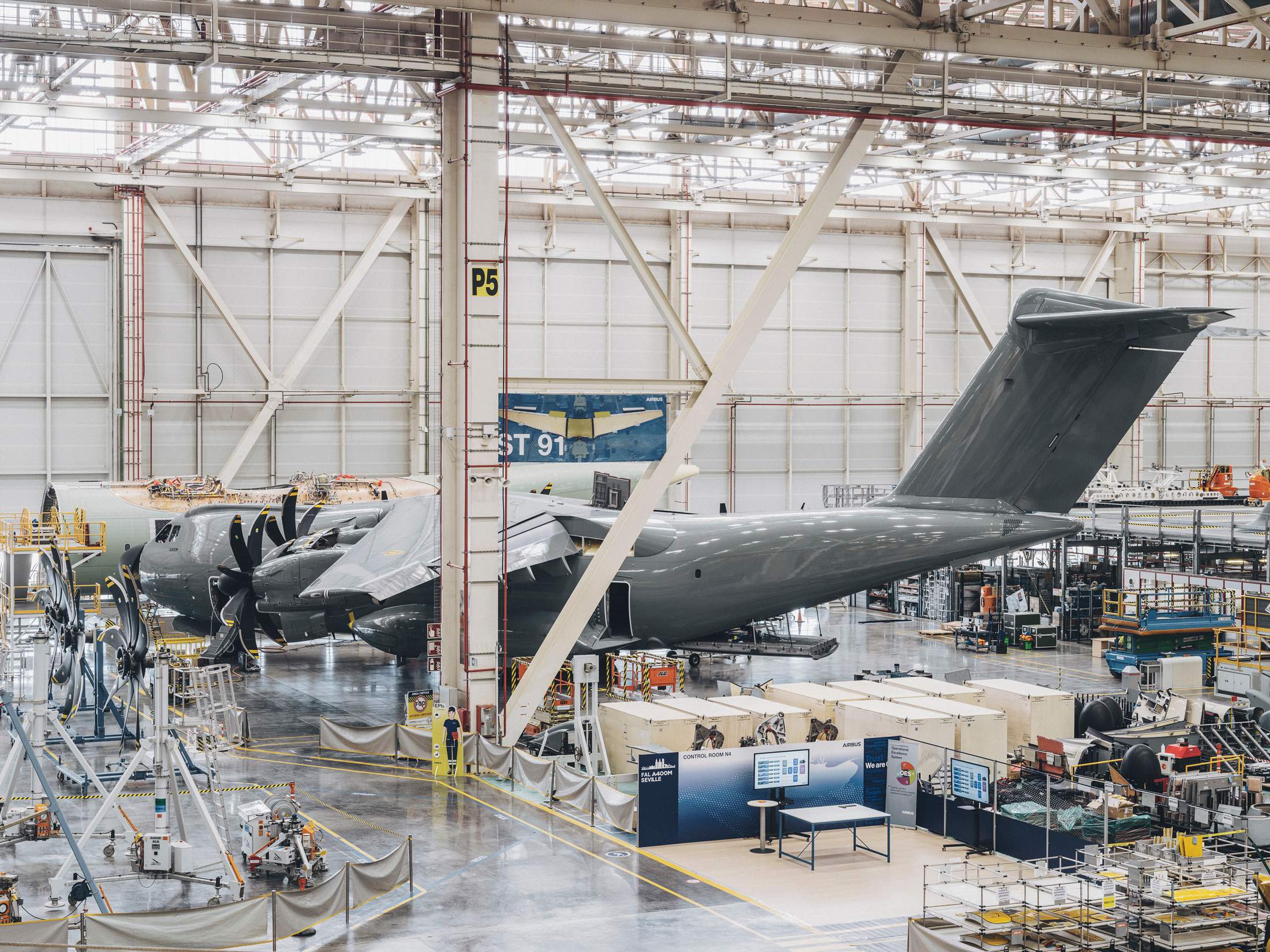


Senior manager Arturo Lammers leads us to the cavernous final assembly line of the four-engine a400m that’s inside a four-storey hangar. “I remember we had visitors from the Bundestag at the start of the a400m programme,” says Lammers, who worked on the twin turboprop c295 for 24 years before taking over the newer plane’s final assembly line. “One of the German representatives asked me, ‘How come the a400m is assembled in Seville?’ And I answered quite naturally, ‘Because we are the best in Europe at building planes for military transport.’” Lammers knows the aircraft intimately and has even parachuted out of one or two.


Airbus Spain was born of the merger in 1971 between two homegrown enterprises, Construcciones Aeronáuticas SA (casa) and Hispano Aviación. In 1926, casa, based in the Madrid region, established its first outpost in Cádiz, where it built military seaplanes under a German licence. Barcelona-based Hispano-Suiza, an automaker that produced almost 33,000 aircraft engines for use during the First World War, went on to set up Hispano Aviación in Seville in 1943. casa’s merger with Hispano Aviación in 1971 consolidated more than 50 years’ worth of the region’s experience in engineering and aviation, standing Spain in good stead when it joined the Airbus project later that year.
We follow Lammers up three flights of stairs to a vantage point from which we can marvel at the 42.4-metre-long carbon-fibre wings below us that are being lowered delicately onto the awaiting fuselage. Their descent is aided by laser guidance as part of Airbus’s “best-fit” technology, which matches the live-assembly process to theoretical computer models in real time.
“Today is one of the drumbeat moments for everyone across the entire planet that is working on the a400m,” says Lammers. The a400m aircraft is an example of international collaboration, from its design phase to the various countries that build its major parts – such as France, where the cockpit is produced; the UK, where the wings are made; and Germany, where the fuselage comes from. Next door, the five stations of the c295’s final assembly line are more of an Andalusian affair. Some 75 per cent of the Spanish-designed plane’s major sections are integrated in the region; in addition, services such as painting, delivery, maintenance and client support are supplied locally. “We Andalusians are generally nonconformists,” says Luis Marmolejo Vidal, the head of Airbus Spain’s light transport aircraft, flight line and delivery centre. “We like to feel proud of what we do. I believe that this is why there has been such a strong push to create a state-of-the-art industry within the region.”
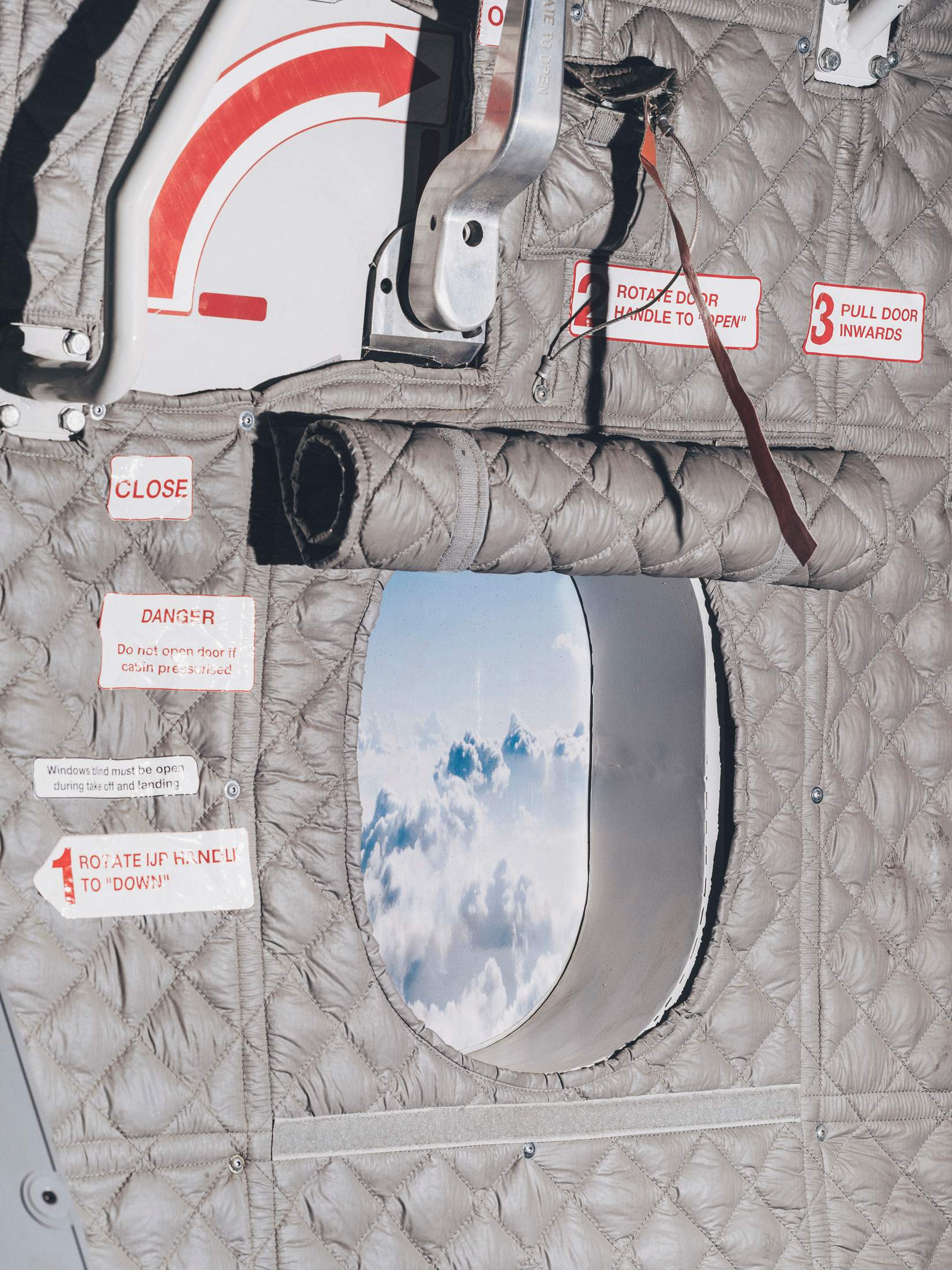

Over the past decade, the facility has fully digitised its production processes. Workers rely on tablet computers to view schematics and troubleshoot, as well as to track progress between shifts and across stations. A recent innovation – augmented-reality goggles with integrated voice activation – ensures that workers can access computer data hands-free. When we test the specs, we are transported to the interior of a fuselage, where wiring and its related fixtures are highlighted in canary yellow to guide correct placement.
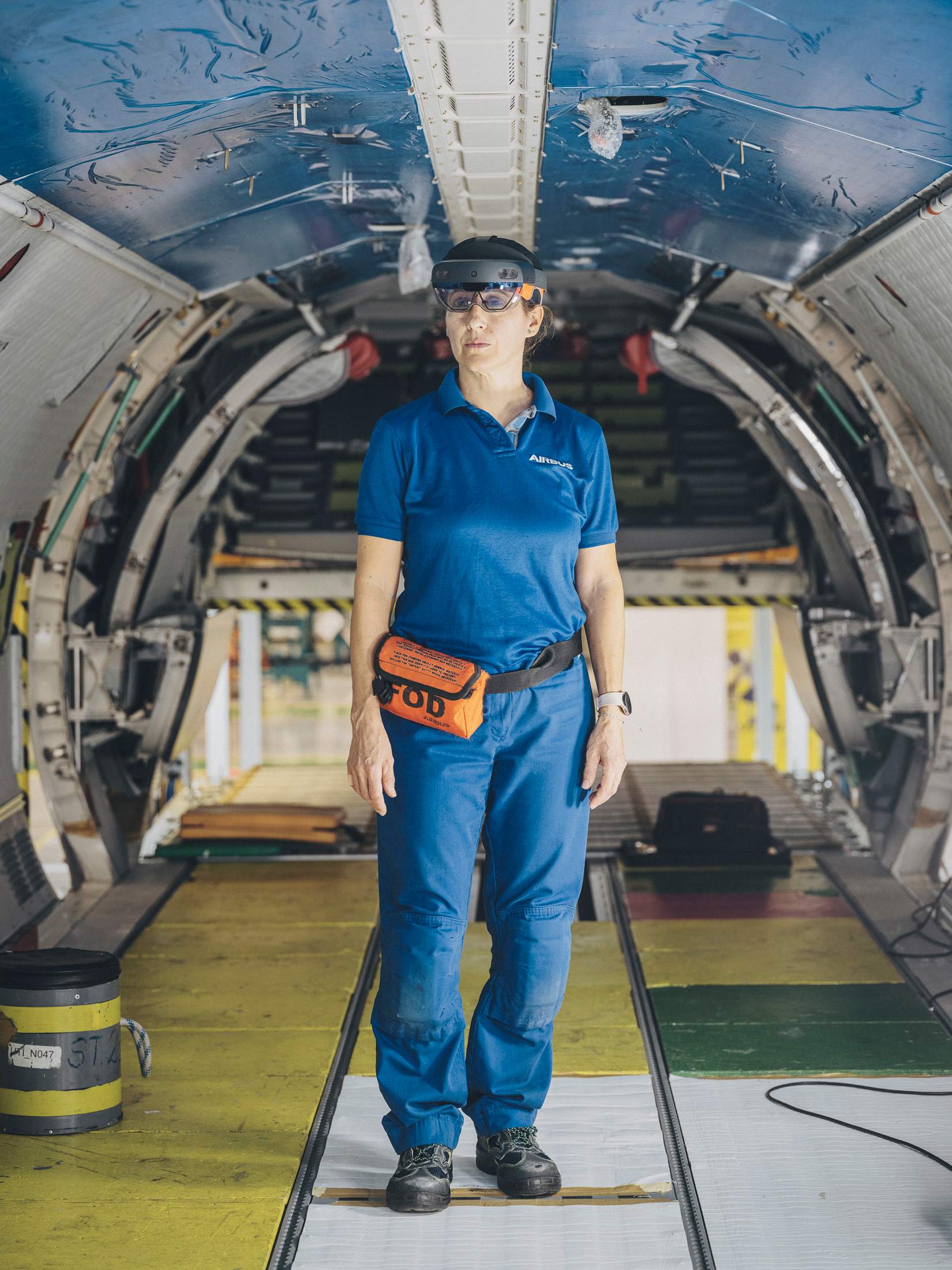


According to María Ángeles Martí, the senior vice-president of Airbus Defence and Space, the Andalusian facilities will continue to hold great importance to Airbus, particularly as the EU progresses towards its strategic defence goal of increasing technological autonomy as a response to growing instability in the region due to Russian aggression in Ukraine. “Airbus Defence is part of the road map for European defence,” says Martí, before outlining the division’s work on the EU’s Future Combat Air System and Eurodrone projects. The company’s Tablada facility in Seville will assemble the Eurodrone’s central and rear fuselages, as well as other parts.


While it is undeniable that, as Spain’s largest aerospace manufacturer, Airbus exerts a powerful influence, more than half of Andalusia’s 147 aerospace companies have fewer than 50 employees. Juan Román, the managing director of business cluster Andalucía Aerospace, says that there is an ongoing debate within the sector about whether the region’s enterprises should join together to form larger entities in an effort to better compete in the global marketplace. “On the one hand, we might consider increased size to be a key factor in improving robustness,” he says. “On the other hand, we realise that the flexibility and specialisation that a small company brings is far greater than that of a larger company.”
One of the cluster’s members, Solar mems Technologies, fits that bill. Not only is the firm highly specialised – it produces sun sensors built with micro-electromechanical systems – but it is also dedicated exclusively to the space sector, which currently accounts for a mere 3 per cent of the companies in the Andalusian aerospace industry. The Spanish Space Agency’s move from Madrid to Seville in 2023 portends a significant change in the subsector.
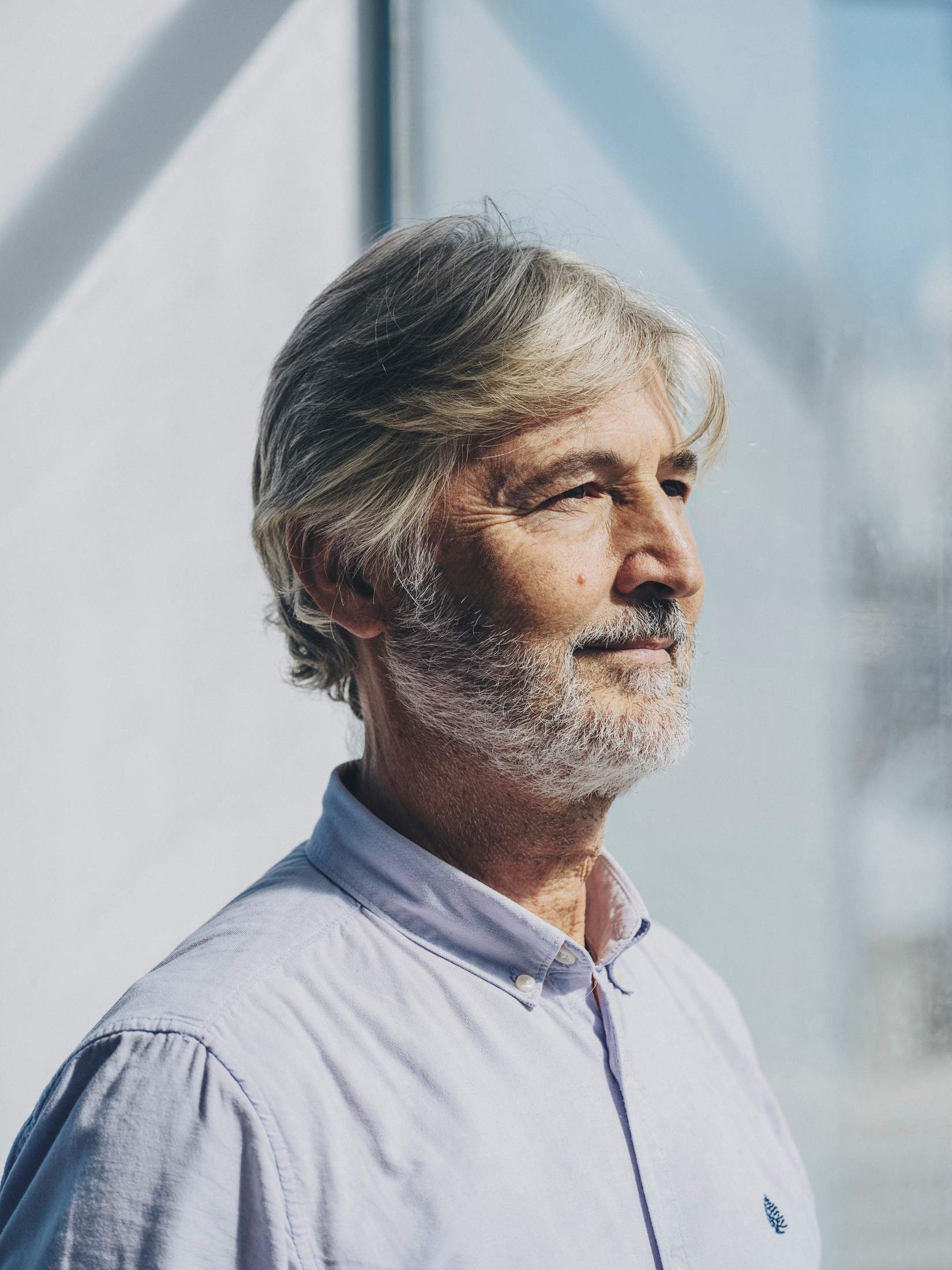
José Manuel Quero Reboul, a co-founder of Solar mems and tenured professor at the University of Seville’s Higher Technical School of Engineering, explains that the company’s business model is rooted in experimentation. At the university’s lab, he develops technology side by side with students that is then patented. He hands over these experimental innovations to the company so that it can translate them into marketable products, with 1 per cent of any sales going back to the university. “Though I’m sort of the father of all this, I try not to meddle,” he says with a smile. “I’m a researcher.”
The turning point for Solar mems came with a collaboration with Airbus Defence and Space as part of a project to build 648 telecommunications satellites for the Oneweb network, the only alternative constellation to SpaceX’s consumer-orientated Starlink. “Until that point, we were doing things by hand and maybe could build four devices a month – and then suddenly we needed to produce two a day,” says Quero Reboul about the order of 1,000 optical sensors that the company had to fulfil out of its tiny lab.
An Airbus team took up residence in the Solar mems clean room to teach its technicians how to replicate quality at scale. “We are one of the few companies in the sector that have implemented assembly-line production,” he says. That allowed Airbus to make two satellites a day in its Cape Canaveral facility. Low-orbit satellites, such as the ones that Oneweb makes, can cost less than 10 per cent of what is required to build traditional ones.
While Seville’s legacy in industrial machining keeps it at the centre of the Andalusian aerospace industry, other southern cities are expanding into alternative areas. Coastal Malaga is an incubator for specialists in digital systems such as avionics software, while Huelva, near the Portuguese border, has the potential to become a hub for drone development. In October 2024 a 75-hectare installation for the testing of unmanned aerial systems opened there, becoming Europe’s first airfield dedicated to the development and trial of drones weighing up to 15 tonnes.
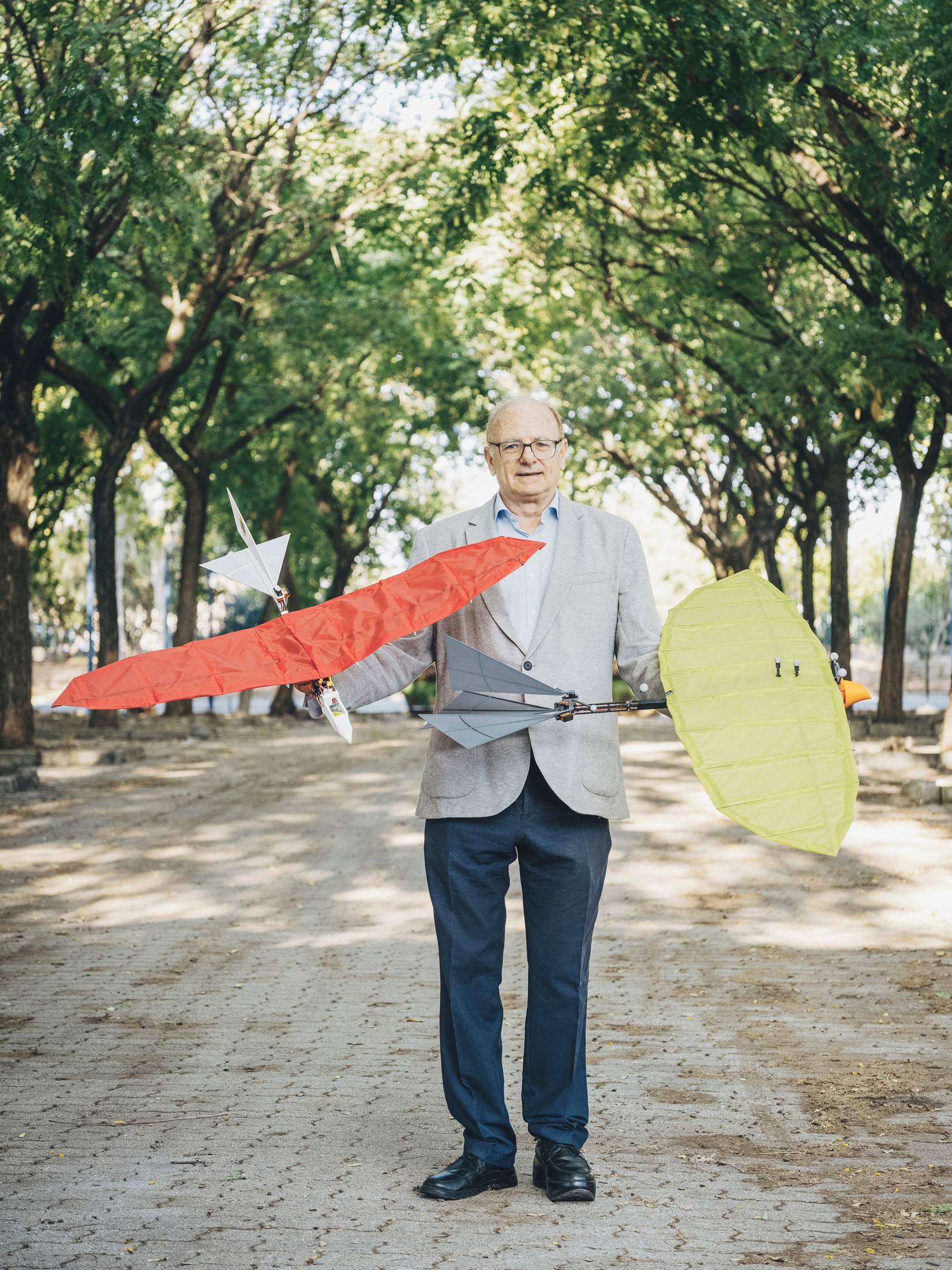
Aníbal Ollero is Andalusia’s foremost expert in unmanned aerial systems, as evidenced by the more than 650 publications that he has authored on the subject. He believes that diversifying the aerospace sector beyond traditional manufacturing will help to ensure its long-term success. “We mustn’t only stick to what we already know,” he says. “We should look for what else might one day play an important role in aeronautics.”
monocle meets Ollero at Seville’s grvc Lab, where he leads a group of professors, researchers and engineers in developing aerial robots. The indoor testing arena brings to mind an aviary: the high-ceilinged space is draped with a tent of white rope nets. This is meant to offer protection to the team’s “birds” – ornithopters, robots with flapping wings – that flutter through the air in a hi-tech homage to nature. These lightweight ornithopters are capable of quiet, hazard-free flight, particularly in comparison to rotary-wing drones, making them ideal for use in proximity to wildlife. The grvc Lab is working on a project in which its ornithopters will be used to inspect and maintain power lines in one of the region’s major nature reserves, thus reducing the possibility of disturbing migratory birds, as well as the vulnerable Iberian lynx.

Not one to rest on his laurels, Ollero is busy with various projects that aim to keep Seville at the cutting edge of drone technology. He is the manager of the soon-to- open Center for Innovation in Unmanned Aerial Vehicles and Urban Air Mobility, which will consider ideas such as the aerial delivery of packages and transport via air taxis. He will also continue as the scientific director of catec, a research and development centre for aerospace technology that links the public and private sectors.
Ollero says that his work demands a certain steadfastness. “Researchers must somehow see the future,” he says. “The research that we began 20 years ago is bearing fruit now. It’s possible that we won’t get to see the results of what we are working on today.”
Innovators at Australian-Spanish start-up Dovetail Electric Aviation, however, are working to bring the future as close to today as possible. Last summer the company went to Seville to present a prototype of its hydrogen- fuel-cell powered electric motor, which can be retrofitted on existing aircraft in the under-20-passenger category. While hydrogen-fuel-cell technology is not yet advanced enough for use in long-haul flights, Dovetail has set its sights on shorter flights as an achievable goal within the next two years. A maiden flight of its electric-powered engines is planned to take place in 2025.
“In addition to being zero-emission, electrification’s promise lies in its ability to significantly reduce operating costs,” says David Doral, the company’s co-founder and ceo. Electric-battery powered engines can achieve flight times of 15 to 20 minutes, which are suitable for skydiving centres and other uses in tourism, such as island-hopping or scenic flights. With the addition of hydrogen fuel cells, an engine’s range extends to one hour, opening up the possibility of a renaissance in regional air travel between cities that are currently unviable to connect by air.
Though Doral has had an international career in the aerospace sector, working for companies including Embraer in Brazil and Boeing in the US, the time that he spent in Seville left an impression. “I’ve always seen it as a fascinating place for growing projects,” he says, before outlining Dovetail’s plans to expand in Spain with an r&d base and manufacturing facility. Though it’s not clear whether Andalusia will be Dovetail’s future home, Doral mentions that the impending arrival in Seville of Swiss aircraft manufacturer Pilatus bodes well, as the company’s pc-12 is “perfectly compatible” with Dovetail’s retrofits.
Andalusia’s aerospace industry presents fascinating contrasts, with tradition and innovation combining to sparkling effect. For major players with staying power and forward-thinking spirits alike, it seems that there are nothing but clear skies ahead. —


